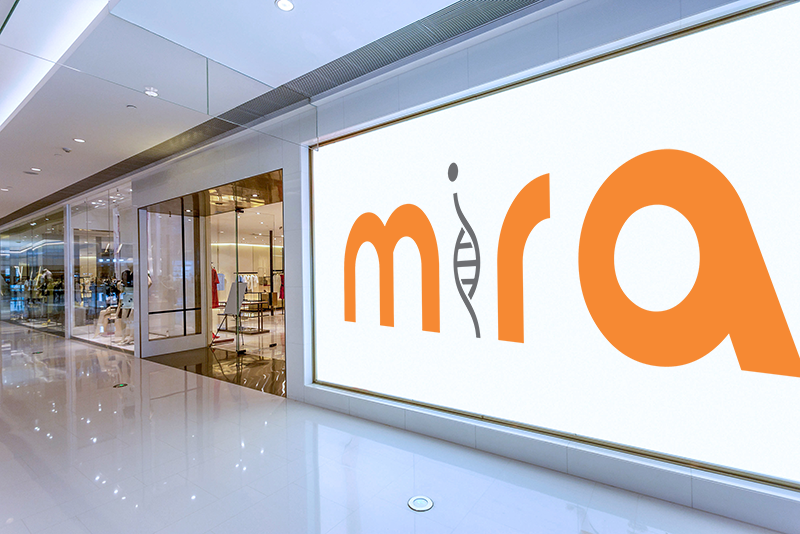Out of Home Advertising (OOH) is seeing renewed interest, as critics of Internet advertising claim that businesses don’t really know what they are getting.
Critics say that OOH has huge potential to take Internet advertising to the next level by complementing campaigns that are already in place and bringing them into the “real world.” Many believe that digital signage 2.0 provides the best framework to reach that goal. Here’s a look at the evolution of OOH.
Out of Home Advertising: The Early Years
OOH has been around for thousands of years. According to the Outdoor Advertising Association of America, the earliest civilizations used it to publicize new laws and treatises.
As breakthroughs in the printing process occurred in 1450 (and again in 1796), printed handbills and posters became more common in advertising. In fact, it was an overabundance of sales posters that led to the development of the first billboards around the year 1830.
Modern OOH
As more products came to market, more creative ways of reaching consumers were needed. OOH advertising was still common on billboards, but it also started expanding to other locations, such as park benches and the sides of buses.
Although the locations of these ads were getting more creative, OOH advertising was still limited to static mediums – that is, until digital signage came into play.
The first digital billboards were installed in 2005 and changed OOH advertising forever. Screens offer dynamic advertising opportunities. The content displayed can be changed to target different consumers throughout the day. At any given location, the morning crowd may reflect a different demographic than the afternoon or evening crowds, and the weekends could bring in different people as well. Screens can adjust to all of these markets to make sure that every second is spent targeting specific customer personas.
How Does Digital Signage Work?
Digital Signage 2.0 is the next generation of advertising for outdoor screens. Modern consumers expect more flexibility and attention-grabbing content from their media. They want to be informed and entertained - not just pitched for products and services. Digital Signage 2.0 joins data with advertising with visual aesthetics to create engaging presentations.
This new step in the evolution of OOH can be seen everywhere from Time Square to Piccadilly Circus, according to Digital Signage Today. Many companies now offer free digital signage templates on their sites to help respond to this new demand and bring in new clientele.

With Digital Signage 2.0, we can expect rapid advances in the OOH advertising market. There are huge opportunities to market products strategically and to compliment other advertising campaigns—such as those that unfold on social media or through email marketing. As consumers continue to ask more and more from the media with which they choose to spend their time, Digital Signage 2.0 will become more of a must-have in the advertising arena.

